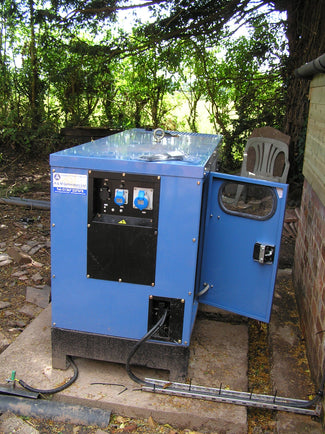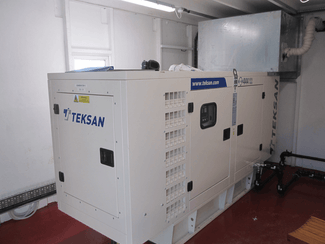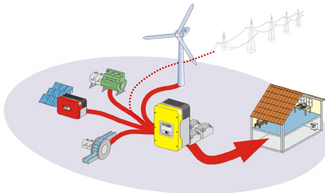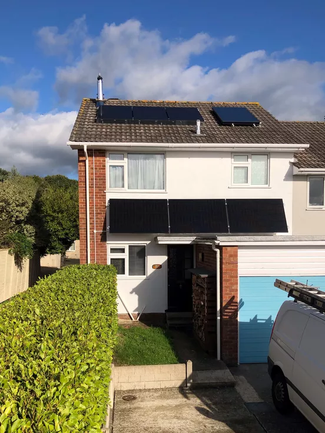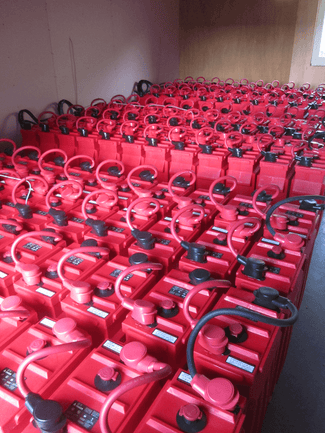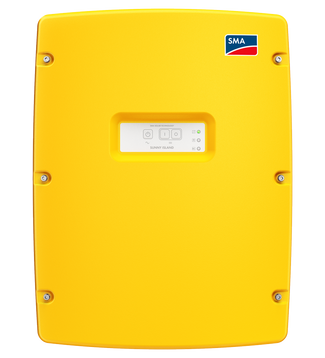Problems

The traditional method of generation for small scale electrical supply is the diesel generating set. These are reliable, give a good quality electrical output, give the required power whenever it is required , and the capital cost per kW installed capacity is fairly low. However, they have the drawbacks of being:
- dirty
- inefficient
- noisy
- expensive to run
- requiring considerable maintenance
All these problems are exacerbated under low-load conditions.


Batteries with a Generator
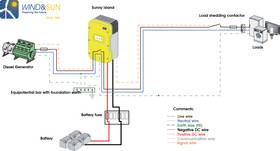
The addition of a battery store and battery charger/inverter will give immediate benefit to almost all situations where a generator is used - avoiding, for instance, a 7.5 kVA generator running late at night to run a TV and a light bulb - giving increased efficiency and lower running costs. Including a wind turbine and/or PV panels for the battery charging can then replace diesel running time further.
Victron & SMA Sunny Island Inverter/charger units are ideally suited for these applications. Both single phase and three phase systems are possible


Systems

In typical remote home situations, for most of the day loads are very small, perhaps a few lights and other small appliances. For a proportion of the time, however, larger loads such as washing machines, electric kettles, etc. must be powered. Sizing a renewable energy system to meet this peak demand is, in most cases, prohibitively expensive (at least initially). Consequently, the optimum way to incorporate wind and solar energy is to allow these to supply the low loads which are required for most of the day, and allow the diesel generator to power the smaller proportion of heavy loads for which a large capacity is required and to act as back-up battery charging.
Several levels of system are possible depending on load requirements and available local wind/solar resources. These all incorporate a battery store which is charged by any spare capacity whilst the generator is running and by the wind generator &/or PV panels.
Selected loads can then be run from this battery store either directly using low voltage DC appliances and circuits, or via an inverter using existing 230Vac wiring and appliances. Generator use can then be restricted to periods of high demand; to power heavy loads; and to recharge the batteries in times of low wind or sun. Together, these measures minimise the running time of the generator, let it work near full capacity and give 24 hours availability, avoiding, say, starting it for 5 mins. or so to switch on a light, which in the long run can lead to high maintenance costs. To spread costs a phased approach can be adopted, with first the addition of the diesel support system and then later the wind generator or PV’s to charge the battery. Smaller systems can be enlarged if needs change by addition of a larger battery store or inverter etc.
Working it Out
In deciding upon an optimum system, the best approach is to evaluate the existing pattern of electricity usage including wattages of appliances, periods of use etc., together with priorities for improvement.
Energy efficiency measures such as using gas for cooking, better fridges, and use of low energy bulbs for lighting, all help make a system simpler and cheaper.
Wind & Sun can offer a range of services to help in choosing an appropriate system and can recommend suitable local installers who can specify and install equipment.


